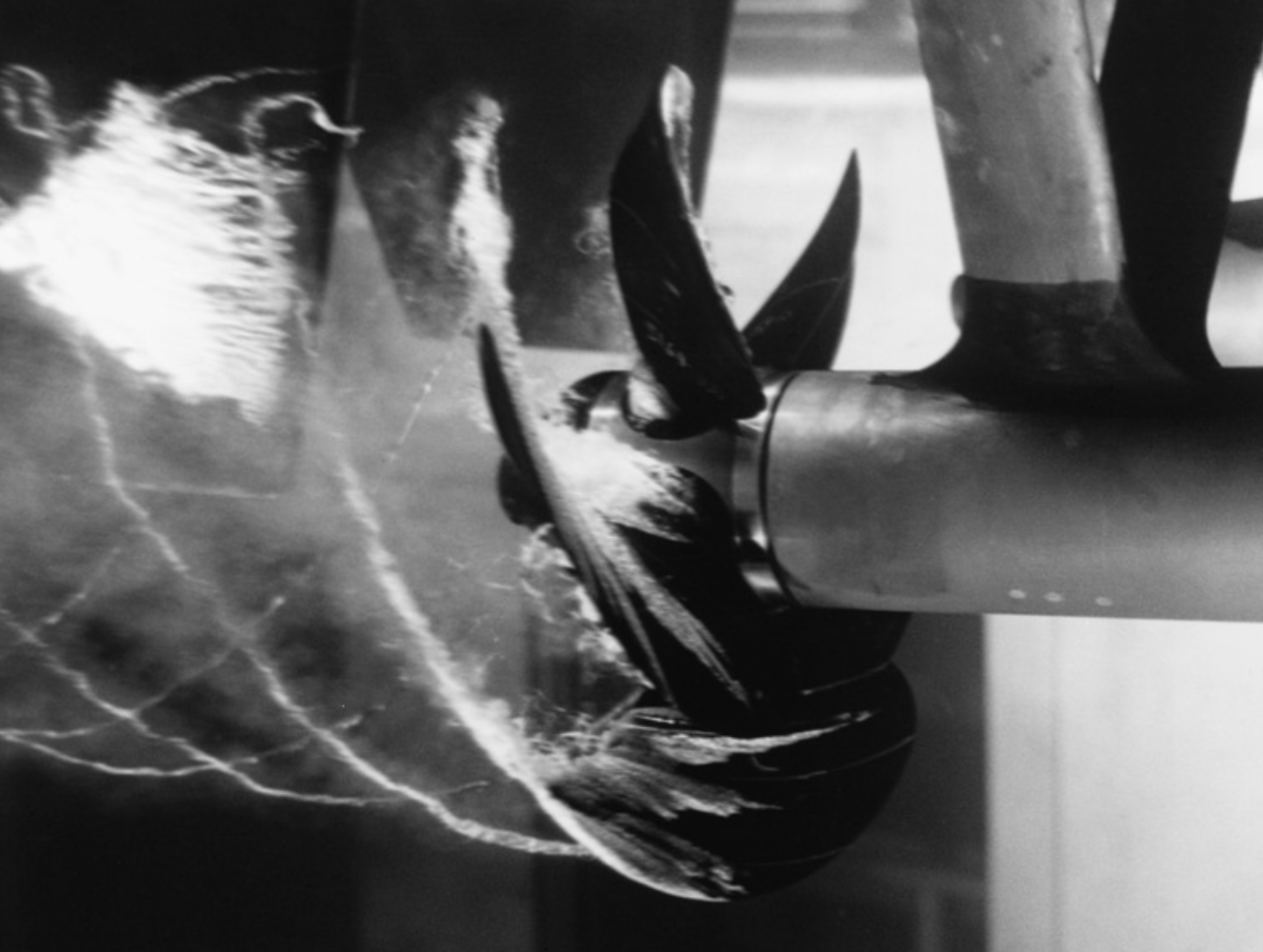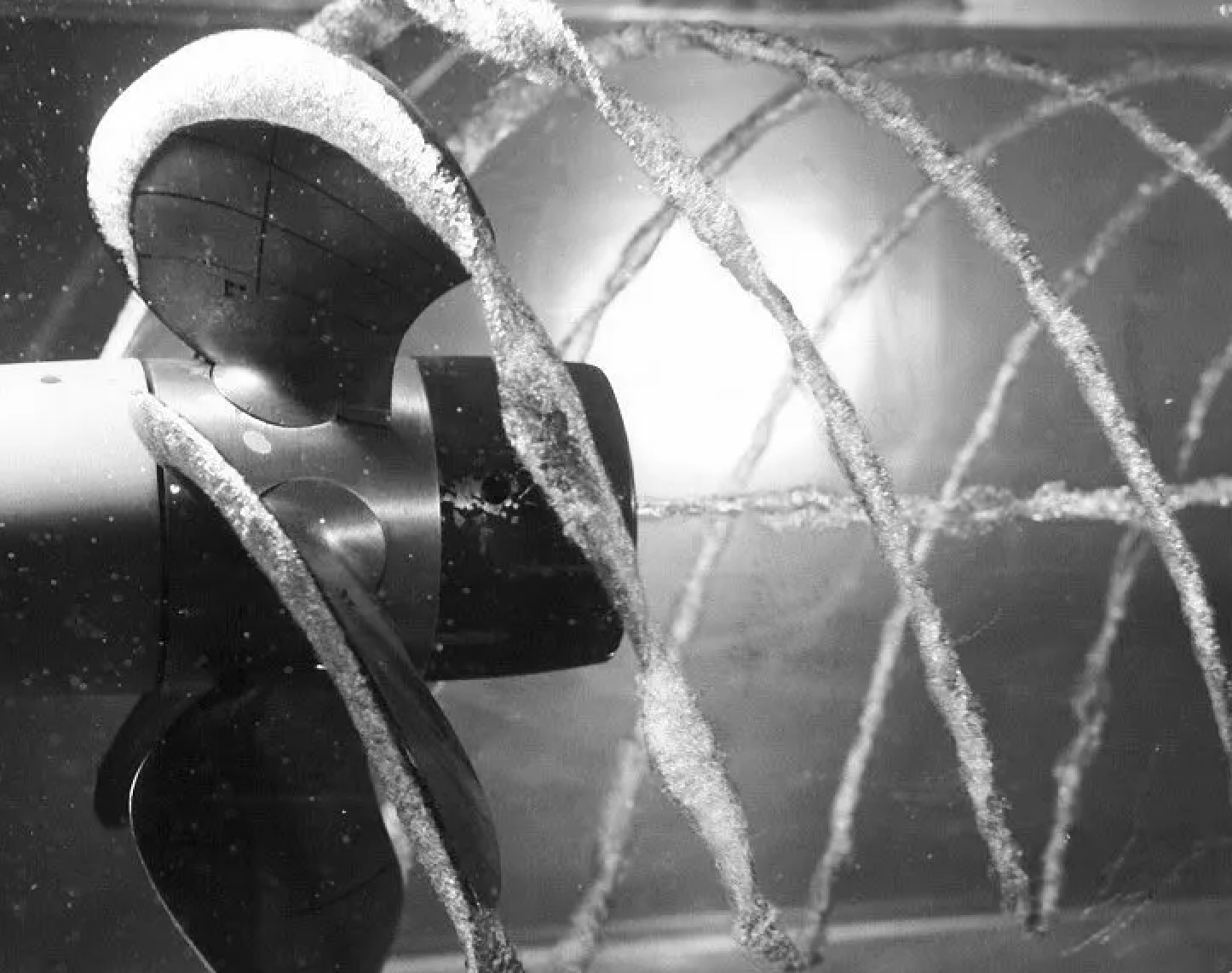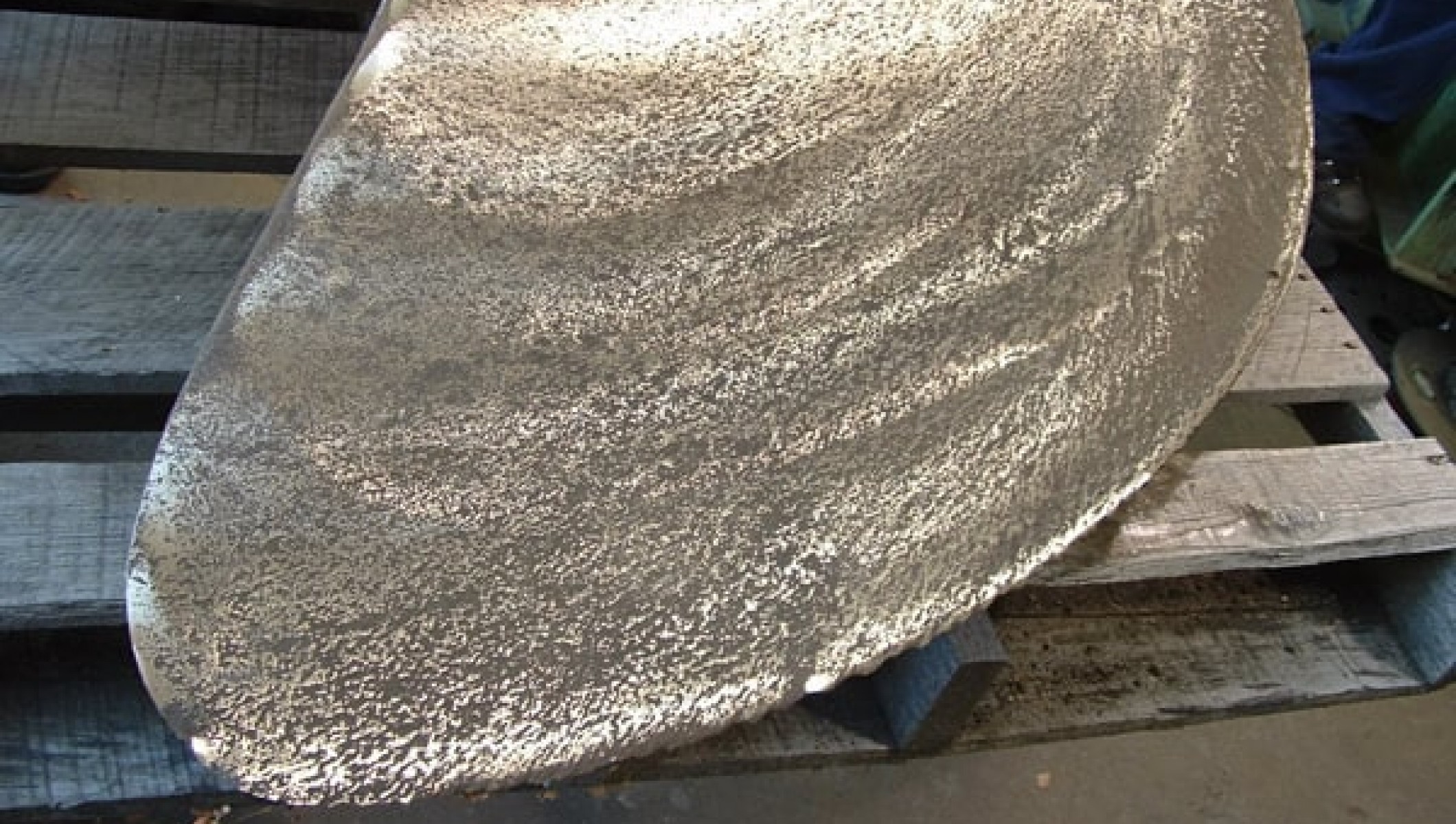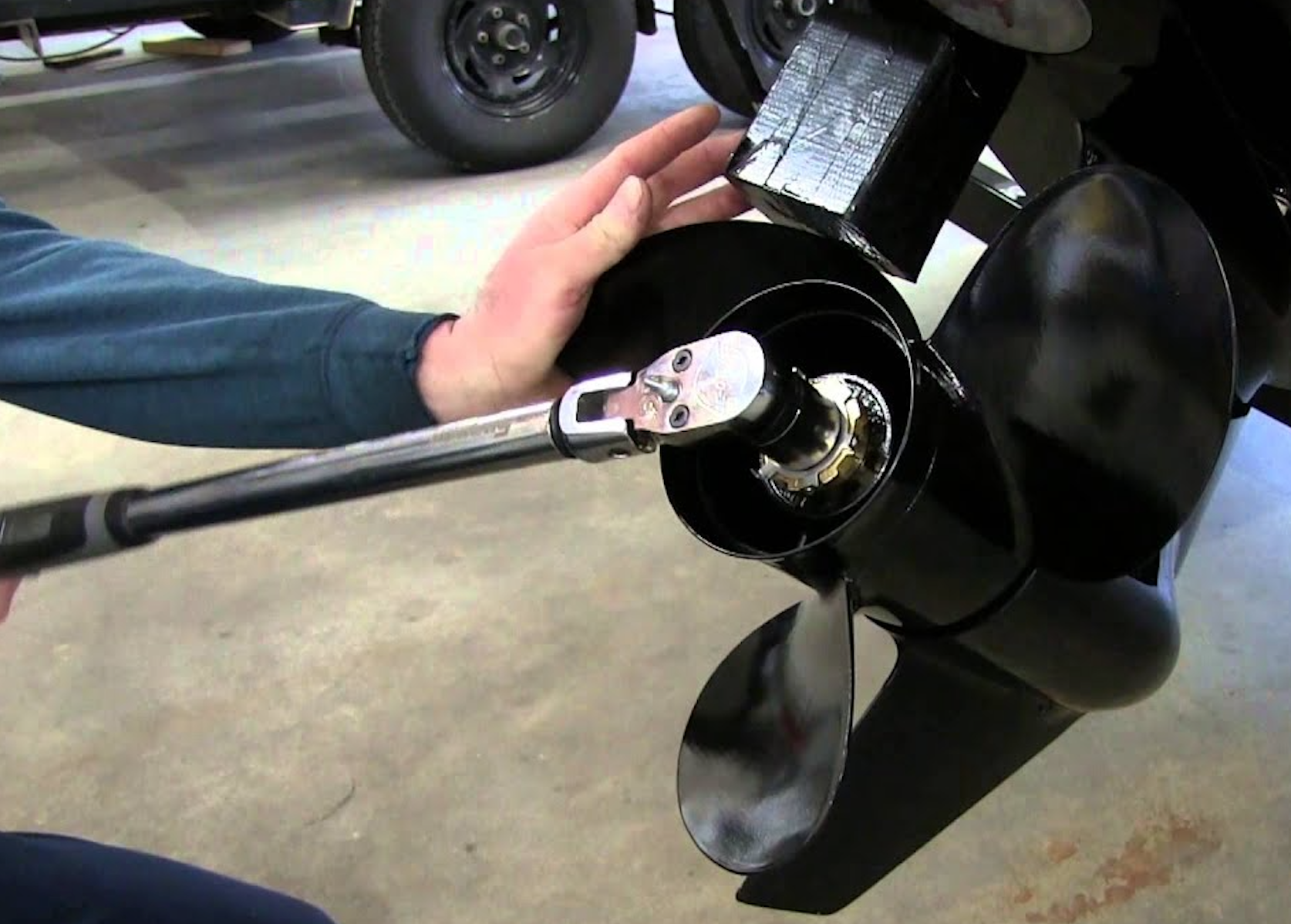How to Reduce Propeller Cavitation

Enjoying time on the water can be a great experience. For perfectionists, some of the focus will likely be on the quality of their boat and how their engine is running. That ultimately means how the propeller is driving the boat through the water. Cavitation is one the biggest enemies of efficiency. Here is what to know about it.
How a Boat Propeller Works
When a boat propeller turns, the blade moves through the water based on the torque generated by the engine. The power is converted to thrust that pushes the vessel through the water. The positive pressure on the blade’s face and negative pressure on the back side of that same blade are big parts of creating that thrust, based on how they work together.
What many people do not realize, however, is that the propeller blade can be damaged from this process. The negative pressure at the back of the blade causes gas that is in the water to form into bubbles. This is similar to the bubbles found in champagne when the bottle is opened. The bubbles collapse as the propeller moves through the water and this can cause impact loads on the blades. These can be similar to hammer blows and, in time, will cause visible damage.
The Power and Thrust Ratio Must be Within Specific Values
If the power or the thrust are not within ranges that are specific to the propeller type, the depth at which it is being used and the flow where it works properly, the flow pattern of water over the blades will be incorrect. As that pattern breaks down, cavitation occurs. Cavitation is the term used for the actual breakdown of the flow pattern, which results in damage to the blades and loss of thrust at noticeable level which is noticeable. The cavitating flow cannot produce proper thrust for the blades.

Cavitation bubbles are a serious concern for any conventional propeller because significant damage to the overall hydrofoil can occur from the vapor bubbles that are collecting in the water and striking the blades’ surface. With the correct flow pattern, cavitation ceases to be an issue. Cavitation from improper flow causes harm to the blades and a cavitating propeller can harm rudders and steelwork that is part of the vessel’s hull.
What to Look for When Detecting Cavitation
Among the most important things to do to reduce or eliminate cavitation issues with a propeller is to discover the problem early. The sooner it is found, the faster it can be corrected. Additionally, the lack of thrust that comes with cavitation makes a boat less responsive.
When searching for cavitation, the most obvious thing to look for is the physical damage to the blade. Cavitation is a process, or an occurrence, and difficult to see while it is happening. But the results of that cavitation appear in the pitting of the blade and the harm that comes to it over time. The kind of cavitation that is taking place causes different types of damage that can help a boat’s owner determine what might be taking place when the propeller is in the water.

For example, bubble cavitation typically causes damage mid-chord, while sheet cavitation is seen across the entire blade. If these kinds of issues are discovered during the design and creation stages of propeller development, changes can be made to the propeller itself. There are options to adjust the propeller to reduce concerns.
How to Solve the Issue and Protect the Propeller
By adjusting the propeller pitch and flow velocity, bubble cavitation can be reduced. This can eliminate the development of gas bubbles, which are the cause of the pitting issues. Sheet cavitation and vortex cavitation can also occur because the swirling of the water around the prop blade and propeller shaft, as well as the blade tip, can all lead to a cavitation tunnel that funnels the gas bubbles right into the blades. The trailing edge of the prop must smoothly move through the water to avoid this.

Propeller design is another area to consider when working to reduce risk to the blade surface from cavitation damage. The diameter of the propeller, the engine rpm and the static pressure around the blades as they move through water can all add up to cause concerns with vibration, corrosion, and cavitation.
By addressing the propeller diameter, blade shape, blade size and blade pitch, it is possible to reduce the chances that a cavitation burn will start to harm the propeller’s efficiency. The fluctuation of the pressure field around a cavitating propeller can spell disaster for the blades and can mean the vessel will operate at a much lower level of thrust than it should, given the size of the engine and the available power and torque offered. The right prop can make a difference.